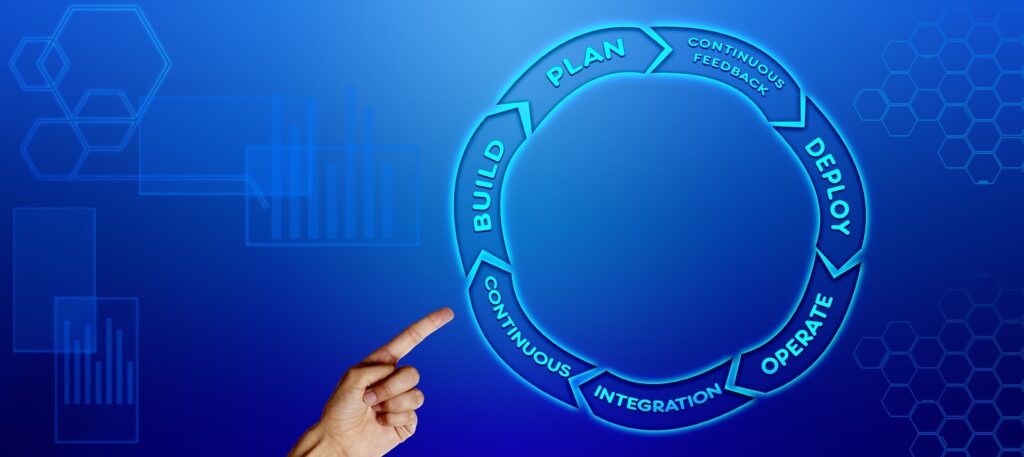Getting started in DevOps doesn’t have to be hard.

How do we get started…starting with some assumptions.
- You understand how to install and manage a Kubernetes cluster.
- You understand how to ‘git’ around. (heh…like the pun?)
- You know how CI/CD pipelines work.
- You understand some development. Or at least you know how to get around tools like VSCode.
There’s plenty of knowledge to be found here so let’s get started.
In most cases companies needing people who understand DevOps best practices are either starting on or already executing a Digital Transformation journey. These journeys are just that, a journey so grab a seat, buckle up, and enjoy the ride. This particular ride involves a lot of buzzword bingo games. There will be plenty of opportunity for playing that game later.
Getting started on the journey
The first part of every journey is preparing for it. It helps to learn a bit more about the destination before embarking on the actual journey to that destination so watch for the buzzwords. The first thing to note is a lot of enterprises have a lot of technical debt. Suffice to say there will be a lot of work for far more developers than there are resources for said developers. From ancient Microsoft .net work to crufty java, there’s plenty of history in those binaries. One of the goals may be to modernize these applications. The fabulous book, “The Phoenix Project” describes how “Phil” takes a over budget and behind schedule modernization project to deployment utilizing effective collaboration and communication, crowdsourcing, and the “Three Ways”.
Hopefully “The Phoenix Project” helped to frame what is in store for embarking on the adventure into DevOps. The next steps are to put in practice some of the constructs outlined. One of the key tenants of the book was to ensure the “pipeline” has no obstructions as one single slow down will slow the entire line of work. This slow down will create bottlenecks which, in turn, will create a ripple effect on the entire process. These “pipelines” in a cloud native development world are part of the CI/CD process or continuous improvement, continuous development pipeline.
Other takeaways
Gene Kim outlined a few other takeaways in “The Phoenix Project” worth noting. The first one came from the need to work in smaller groups. Jeff Bezos is credited with creating the “Two Pizza Team” where the teams are limited in size (consume 2 pizzas per team). This is how a lot of the innovation came from within Amazon. Small, competitive teams who communicated very well. This small team concept leads to another concept of “microservices”.
Instead of monoliths where everything runs together, microservices breaks each service into a functional unit. Microservices are focused on putting services into the smallest possible unit of work. With smaller units of work comes smaller changes which can be committed and tested faster as well as tested locally in most cases. Microservices will be a key concept to note on this digital transformation journey. Microservices create the need for cross functional teams where communication and collaboration is key. This is where the concept of DevOps comes into play. Employing the DevOps methodologies is crucial to the success of a transformative project.
Enterprises around the world have endured a massive sea of change in the years since the Covid-19 pandemic started. Even as companies were beginning to embrace the concepts of digital transformation, Covid-19 forced an acceleration of this transformation if the enterprise wanted to survive. Embracing remote work was key to survival.
This post was simply an introduction. With the key concepts outlined subsequent related posts will focus more on a technical guide to the technology underneath embracing a DevOps methodology. With DevOps many tools exist to help in the many facets including how to create a culture within an organization capable of embracing the change needed to adopt ongoing transformation to adapt to even the slightest change in your organizations market.
Next up…the introduction of a Podman setup to start down the path of using, managing, and orchestrating containers.